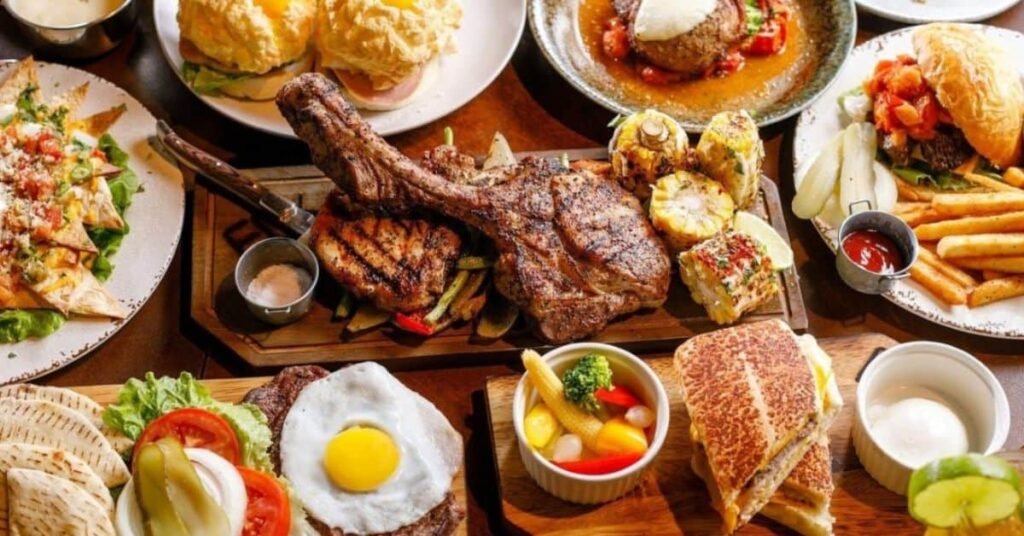Introduction
In the diverse tapestry of cultural and historical terminology, some terms remain obscure but hold significant meaning in their respective contexts. One such term is “ceñillin.” Though it may not be widely recognized, understanding its significance can offer fascinating insights into specific traditions or practices.
This article delves into the concept of ceñillin, its origins, uses, and impact on the cultural or regional landscape.
Understanding Ceñillin
“ceñillin” primarily refers to a type of traditional Spanish or Latin American textile related explicitly to weaving or embroidery. In various cultures, especially Spain and Latin America, such textiles are crucial in preserving cultural heritage and showcasing artisanal skills. The term might be less familiar in general contexts but holds value within specialized domains.
Historical Context
The art of weaving and embroidery has deep roots in Spanish and Latin American history. Ceñillin, as a term, appears to be linked with traditional practices passed down through generations.
Textiles like ceñillin are often crafted using techniques refined over centuries, reflecting historical influences and regional uniqueness.
Historically, Spanish and Latin American regions have been known for their rich textile traditions, with various communities developing their unique styles and methods.
Ceñillin might be associated with a specific area or tradition, contributing to these cultures’ broader spectrum of textile arts.
Craftsmanship and Techniques
The crafting of ceñillin involves intricate techniques that reflect the artisanal skills of the weavers. Their detailed patterns and high-quality materials often characterize these textiles.
The techniques used in creating ceñillin are passed down through generations, ensuring that traditional methods are preserved while adapting to contemporary contexts.
The process of making ceñillin usually involves several steps:
- Material Selection: High-quality threads or fabrics are chosen based on the desired outcome. These materials can range from natural fibers like cotton and wool to more specialized threads.
- Design and Pattern: The design of ceñillin is often intricate, involving detailed symbolic or decorative patterns. Artisans may use traditional motifs or create new designs based on current trends.
- Weaving or Embroidery: The crafting of ceñillin involves weaving or embroidery techniques. This process requires high skill and precision to achieve the desired patterns and textures.
- Finishing Touches: Once the basic structure is completed, additional touches, such as dyeing or embellishments, may enhance the final product.
Cultural Significance
Ceñillin holds cultural significance in the regions where it is produced. In many Latin American countries and Spain, traditional textiles are more than just practical items; they represent cultural identity, heritage, and artistic expression.
For instance, in certain Spanish regions, textiles are used in festivals and celebrations, with each region having unique styles and patterns. Similarly, in Latin America, textiles often play a role in traditional clothing and ceremonies, reflecting the diverse cultural influences in these areas.
Contemporary Relevance
Modern textiles like ceñillin are appreciated for their historical value and aesthetic and functional qualities. They have found a place in contemporary fashion and interior design, where their unique patterns and craftsmanship are celebrated.
Many artisans and designers today incorporate traditional techniques into modern designs, bridging the gap between past and present. This fusion of old and new helps to keep traditional crafts alive while making them relevant to contemporary audiences.

Challenges and Preservation
Traditional textile crafts like ceñillin face several challenges despite their beauty and significance. One major issue is the decline in skilled artisans as younger generations may pursue different careers. Additionally, the rise of mass-produced textiles poses a threat to traditional craftsmanship.
These customs are being promoted and preserved through efforts. Organizations and cultural institutions work to document and teach traditional techniques, ensuring that skills are passed on and appreciated by future generations.
Additionally, initiatives to promote fair trade and sustainable practices help support artisans and their crafts.
Conclusion
Ceñillin represents more than just a traditional textile; it embodies a rich cultural heritage and artisanal skill. From its historical roots to its contemporary relevance, ceñillin offers a window into Spain and Latin America’s artistic and cultural practices. By understanding and appreciating terms like ceñillin, we gain a deeper insight into the diverse world of traditional crafts and their enduring impact on culture and society.
As we navigate a globalized world, we must recognize and celebrate the unique traditions contributing to our collective heritage.
Ceñillin’s intricate designs and historical significance remind us of preserving and honoring cultural practices.
Latest post!
- Whatsapp Just Launched Exciting Design Changes and Fun New Features for Chats!
- Locksmith Soho NYC: Ensuring Your Security with Trusted Locksmith Services
- The Ultimate Guide to Toilet Leakage in Singapore What Every Homeowner Needs to Know
- Technical Insights: Pipe and Sewer Unblocking Services in Barcelona
- How to Choose the Right Skid Steer Size for Your Project
- Naomi Swap: A Revolutionary Concept Changing How We View Fashion










